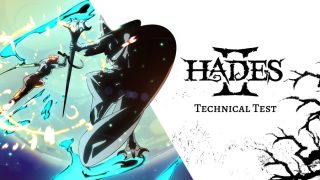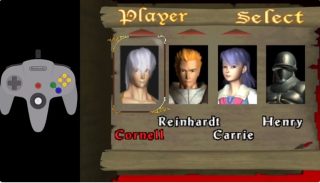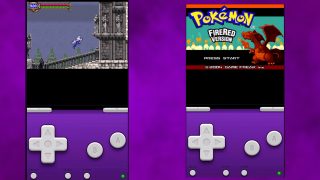Welcome back to the Smash Seminar! In this series I’ll be introducing readers to the world of competitive Smash through articles on history, characters, players and more, in the hopes of getting more people involved in the competitive scene. Whether you wish to be a casual observer or a future champ, I hope this series offers a good way to get a grasp on what makes professional Smash so special.
Today, we’ll be going way back, past several decades, to examine how the world of competitive Smash took form. It’s a long story of ups and downs, agony and ecstasy, victory and defeat, just like any good sports movie. Hopefully you find it just as engrossing as I did.
Before we start, however, I’d like to share a couple of other great places to find info. As mentioned in the series introduction, The Smash Brothers documentary is a great, if somewhat lengthy, detailing of the early years of competitive Melee (there’s some strong language at points, so be advised), as is the summary over at meleeinfo.com. If you’re looking for non-Melee info, there’s a Wikipedia entry on the topic. These are the places I’m primarily deriving my info from, so keep that in mind.
And, without further ado…
READY?
GO!
Stage 0: Before the Beginning
Before competitive Smash’s origins, we have to talk about the beginnings of the game series itself. While many are familiar with the legends surrounding Super Smash Bros. roots, there are also many who aren’t aware of the series’ origins, so that’s where we’ll start.
Super Smash Bros. began as a side project for Masahiro Sakurai, the creator of Kirby, to do on weekends at HAL Laboratory. It was originally a game called “Dragon King,” it featured no Nintendo characters, and it was completely different from every other fighting title on the market. While Sakurai treated it as a fun diversion at first, when he showed to his boss, the late Satoru Iwata, Iwata expressed confidence in the project and told Sakurai to keep working at it. Eventually, the idea of adding in popular Nintendo characters was tossed, and the idea grew. The original Super Smash Bros. was released in Japan in 1999, and while it originally wasn’t intended to leave its shores, strong sales prompted a worldwide release.
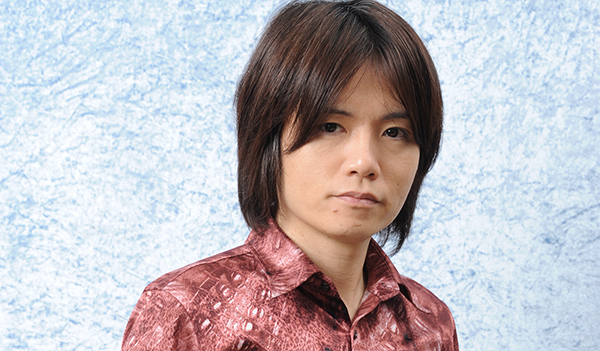
A great success, Sakurai and his team soon set about making a sequel for Nintendo’s upcoming GameCube system. But the situation ended up quite different than before – this new game, Super Smash Bros. Melee, was expected to be a big launch window title for the console, and as a result, production on the game was a massive rush job. Potential characters, stages and more were all cut in order to dish out the final product, and several “clone characters” were created to pad out the roster without wasting too much development time on movesets. Most importantly, however, the game wasn’t tested much for competitive balance – given that Sakurai designed it as a fun fighting-party game for everyone to enjoy, he wasn’t particularly concerned with testing the limits of each character, only that they fit well. The game released on time in late 2001, surprisingly polished for such a rushed product, and was instantly met with both stupendous sales and critical acclaim.
But a new way to play was just appearing on the horizon…
Stage 1: The early years and the golden age
While there had always been plenty of casual tournaments played between friends, the first publicized Melee tournament took place in early 2002 as part of the Tournament Go series. After a dispute between regions, TO (Tournament Organizer) Matt “MattDeezie” Dahlgren settled with a ruleset that eventually became similar to the fundamental ruleset still employed in Melee today. Lo and behold, the competitive Smash scene was born.
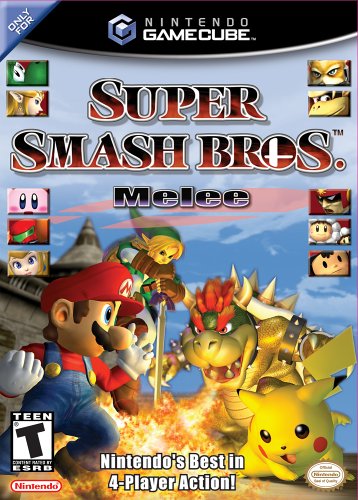
The period from 2003-2006 is generally considered to be Melee’s Golden Age, when it was featuring prominently on the Major League Gaming circuit and several notable players rose to prominence. Biggest among them was Ken Hoang, the “King of Smash,” who won tournament after tournament during this time while establishing a period of dominance in the game that hasn’t been matched since. Ken’s red Marth has become iconic and legendary among pro Smashers, to the point where despite the fact that he doesn’t place as well any more, he’s still occasionally considered to be in talks for the greatest of all time.
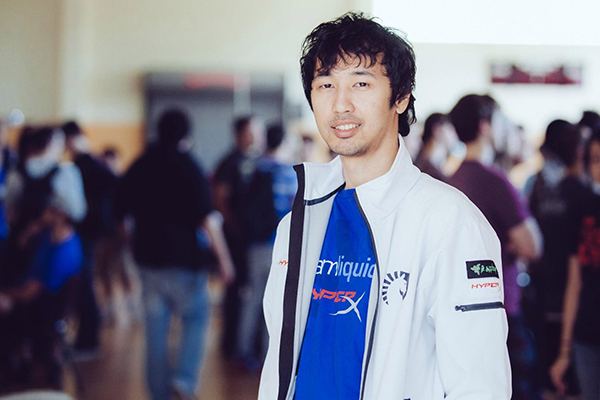
He wasn’t the only player, of course. While Ken dominated the West Coast and nationally, the East Coast had notable players like Christopher “Azen” McMullen and Kashan “Chillindude829” Khan who won tournaments of their own. Ken’s double partner Joel “Isai” Alvarado became something of an enigma, often sandbagging (intentionally playing to less than full potential) or performing inconsistently despite doing well in teams, and eventually retiring from Melee to play Smash 64 (for he’s often considered the all time greatest). Daniel “ChuDat” Rodriguez pioneered the Ice Climbers metagame. Christopher “PC Chris” Szygiel was the first to take a tourney off of Ken in his time of dominance. Also prominent were violinist Daniel “KoreanDJ” Jung and a young Jason “Mew2King” Zimmerman. And in Japan was the likes of Ryota “Captain Jack” Yoshida, who was a threat in his own right.
After PC Chris defeated KoreanDJ at MLG Las Vegas to the tune of $10,000, the Melee scene began a soft decline. MLG would drop the game the next year from its pro circuit, though it would continue to support the community in smaller ways. EVO 2007 was a monumental event, as it was the first time the game was added to the tourney’s prestigious lineup. In the end, Ken took it over Hugo “HugS” Gonzalez and retired as the greatest in the world, tired of being constantly rooted against for nearly four years. While he would eventually return, there was a Ken-shaped hole in the community, as Melee no longer looked like the shiny new game it once was, despite the fact that there were still new ways to play being found.
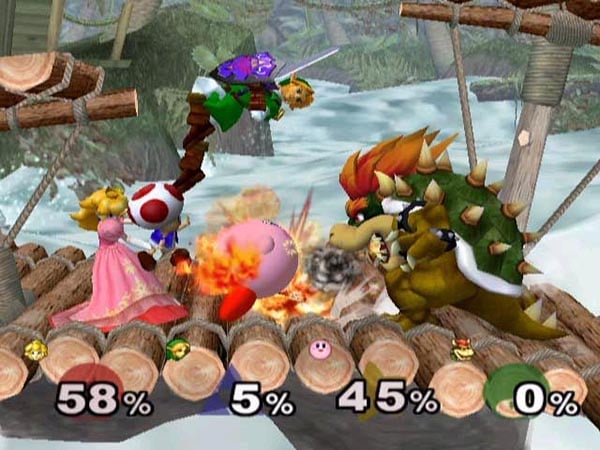
But a new Smash game was right around the corner. Surely this would revitalize the scene as they all transitioned to a new, sparkly, even better title… right?
Stage 2: The Brawl schism and decline
Super Smash Bros. Brawl was a very different game from its predecessor. While it had its fair share of improvements – such as a bolstered roster and the addition of a couple new viable stages (along with the removal of others) – it was also slower, floatier, and had a much greater character imbalance, with two characters: Ice Climbers and especially Meta Knight, dominating the meta. Not to mention a change pretty much nobody liked: tripping. While the game had plenty going for it, many competitive Melee players shunned it, creating a riff in the Smash community as a whole.
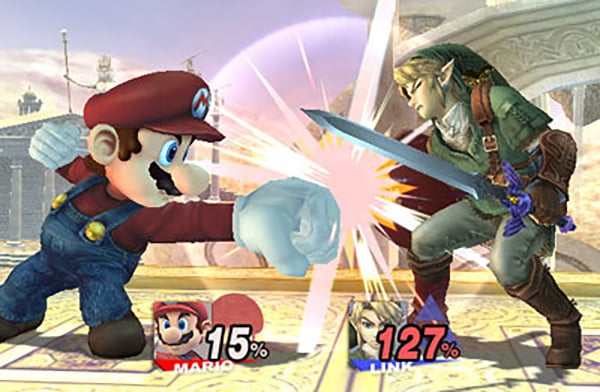
While many criticized Sakurai for these changes, especially since he’d gone on record as not being a big fan of the competitive aspect of the game, it’s also important to understand his perspective. The gap in skill level between those good at Melee and all of its various tech skills (wavedashing, L-Cancelling, etc.) and those who are not good at Melee was ginormous. While this is expected in most competitive games (especially fighting titles like Street Fighter), Sakurai created the series with the intention of everybody being able to enjoy the game easily and without working for hours just to attain a skill ceiling. While critics pointed out that Melee was plenty welcoming to newcomers already, and that for the majority of people it didn’t really matter, Sakurai had made his decision. As a result, some view Brawl’s direction as spiteful towards the competitive lifestyle, and have taken a critical eye towards Sakurai as a result.
Only a couple of Melee players made the jump, most notably Mew2King, who established great results in both games. M2K dominated Brawl throughout its lifespan, particularly its early years when there was less competition on his level. He was soon joined by the likes of Elliot “Ally” Carroza-Oyarce, Wyatt “ADHD” Beekman, and in later years Nairoby “Nairo” Quezada. While there were a number of other great Smashers, one of the most notable was the Chilean Gonzalo “ZeRo” Barrios, a protege of Mew2King who would come to be a great player in his own right. While Brawl was at EVO 2008, that tournament is generally considered an embarrassment for the scene, as items were on and there were other ruleset oddities. Despite some early shakiness, the scene did grow for a good while.
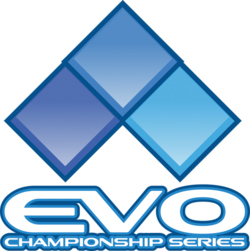
Back with Melee, a couple weeks before Brawl came out, a kid known as Joseph “Mang0” Marquez had an insane loser’s run at Pound 3, taking out tons of top talent before defeating Mew2King to win the tournament. Mang0 performed very well at Revival of Melee a year later, once again taking out M2K (who had taken out upcomer Bronson “DaShizWiz” Lanson in what is widely considered one of the hypest games of Smash of all time, known simply as Game 4), and talk was made of this upstart party-goer and his position in the scene. Meanwhile in Europe, young Adam “Armada” Lindgren began taking tourneys with his very impressive Peach play. The two regions – U.S. and EU – argued as to which was better, but there was only one way to really tell. And in July that year, in lieu of EVO, the two titans clashed for the first time at Genesis, generally considered one of the finest Melee tournaments ever hosted. In a tense Grand Finals set (seriously, go watch it), Mang0 clutched it out over Armada in five games, setting off both a historic rivalry and a new age in Melee: the ‘Era of the Five Gods’.
Besides Mang0, Armada, and Mew2King, two more would come to hold the mantle of god during this period. Juan “Hungrybox” Debiedma, a Jigglypuff player from Florida, came into his own at Revival of Melee 2, where he beat a stacked bracket to take home money. While he struggled against Mang0, due to being a very different person in both personality and playstyle (more on that in the future), Hungrybox also managed to make a name for himself, taking Apex 2010 the next year.
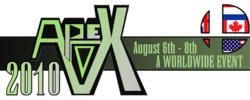
The other was a man by the name of Kevin Nanney, known at the time by his name tag of “Dr. PeePee.” While he has since changed his moniker to “PPMD,” the silliness of his name did not detract from his skill, as he took Revival of Melee 3 over M2K to become a god. Thus, the next few years was a battle between these five for dominance, with no other competitor able to find footing when even one of the gods was in attendance.
It was quite a back and forth fight for who was the best. PP took Pound V, Armada took Genesis 2, Mang0 took RoM4… While no clear favorite emerged during this period, most agree that Mang0 and Armada were the two fighting hardest for the top spot. After Armada clutched out Apex 2013, he would retire for a brief period before returning the next year.
Meanwhile, in 2010, a number of Melee fans, disappointed with the way Brawl had turned out, set about to change the game. It all began with a tweak to Falco’s playstyle to make him play more like his previous incarnation while still keeping him accessible to play, but the idea quickly grew from there. Within a year, in February of 2011, the first build of Project M was released, in what would become the biggest console mod project of all time. Besides changing Brawl physics and movesets to be more like Melee’s, the team eventually added stages and even characters (Mewtwo and Roy) that weren’t in Brawl while courting a large competitive scene. We’ll cover the story of Project M more in the future.
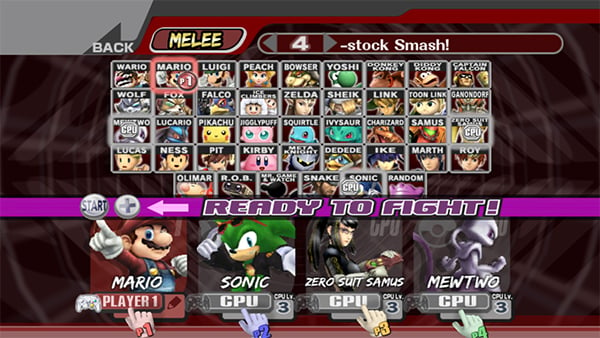
By the end of 2012, it seemed as if Smash was at a turning point. While Brawl still had money and attendants, it began to notice a sharper drop off in relevance. Melee was certainly doing better than it had been immediately after Brawl’s release, but was still far from the public eye. And Project M was still in its youth, having not reached the prime of its competition yet. Going into 2013 would be an interesting year indeed…
Stay tuned for Part 2
That’s all for Part 1 of our Smash history lesson. Tune in next time, where we cover Part 2, which will cover the last few years, and the revival and growth of Smash starting in 2013. Until next time, stay Smashing!
Ken Hoang | King of Smash image source.
Leave a Comment